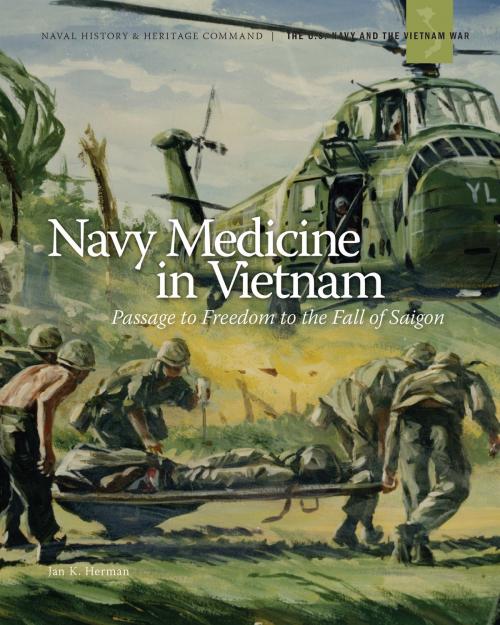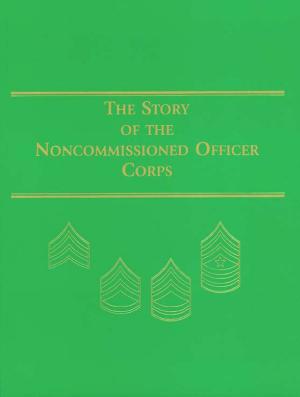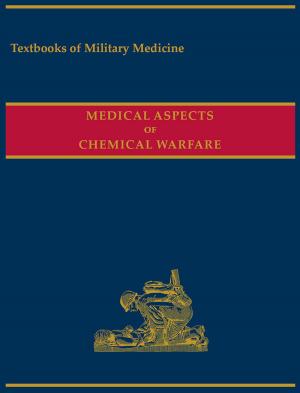Navy Medicine in Vietnam: Passage to Freedom to the Fall of Saigon
: Passage to Freedom to the Fall of Saigon
Nonfiction, Health & Well Being, Medical, Reference, History, Military, Vietnam War, Asian| Author: | Jan K. Herman | ISBN: | 9780160928666 |
| Publisher: | United States Dept. of Defense | Publication: | May 1, 2015 |
| Imprint: | Dept. of the Navy | Language: | English |
| Author: | Jan K. Herman |
| ISBN: | 9780160928666 |
| Publisher: | United States Dept. of Defense |
| Publication: | May 1, 2015 |
| Imprint: | Dept. of the Navy |
| Language: | English |
Navy Medicine begins and ends with a humanitarian operation-—the first, in 1954, after the French were defeated, when refugees fled to South Vietnam to escape from the communist regime in the North; and the second, in 1975, after the fall of Saigon and the final stage of America’s exit that entailed a massive helicopter evacuation of American staff and selected Vietnamese and their families from South Vietnam. In both cases Navy provided medical support to avert the spread of disease and tend to basic medical needs. Between those dates, Navy medical personnel responded to the buildup and intensifying combat operations by taking a multi-pronged approach in treating casualties. From medical battalions, which set up combat hospitals in the field, to a new advanced emergency hospital with specialized medicine in Danang, to the floating hospital ships offshore, and to the one individual the Marines counted on most to save them—the corpsman, this story covers them all. Helicopter medical evacuations, triaging, and a system of moving casualties from short-term to long-term care meant higher rates of survival and targeted care. Poignant recollections of the medical personnel serving in Vietnam are a reminder of the great sacrifices these men and women made for their country and their patients.
Navy Medicine begins and ends with a humanitarian operation-—the first, in 1954, after the French were defeated, when refugees fled to South Vietnam to escape from the communist regime in the North; and the second, in 1975, after the fall of Saigon and the final stage of America’s exit that entailed a massive helicopter evacuation of American staff and selected Vietnamese and their families from South Vietnam. In both cases Navy provided medical support to avert the spread of disease and tend to basic medical needs. Between those dates, Navy medical personnel responded to the buildup and intensifying combat operations by taking a multi-pronged approach in treating casualties. From medical battalions, which set up combat hospitals in the field, to a new advanced emergency hospital with specialized medicine in Danang, to the floating hospital ships offshore, and to the one individual the Marines counted on most to save them—the corpsman, this story covers them all. Helicopter medical evacuations, triaging, and a system of moving casualties from short-term to long-term care meant higher rates of survival and targeted care. Poignant recollections of the medical personnel serving in Vietnam are a reminder of the great sacrifices these men and women made for their country and their patients.















